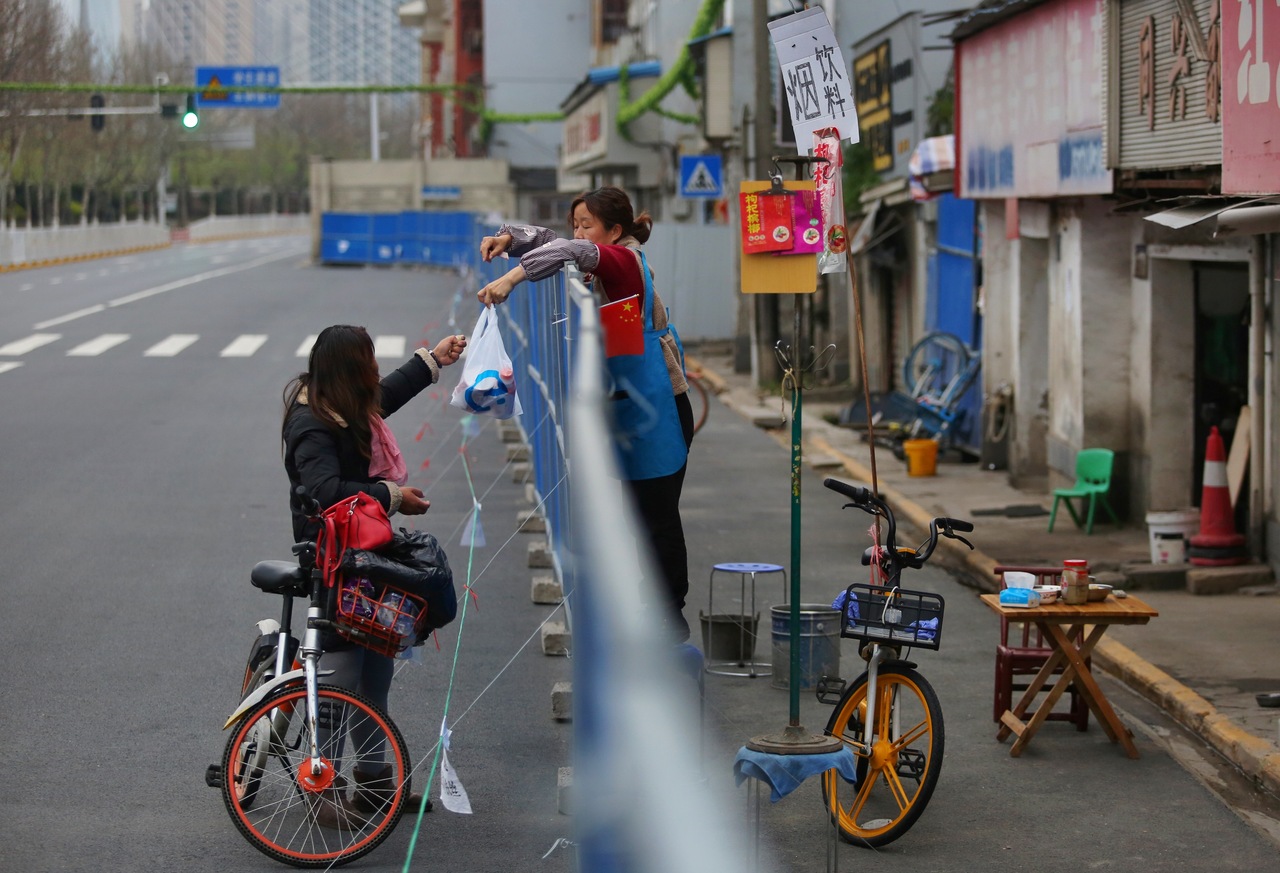Covid-19 lockdown lessons from Wuhan, China: Aggressive measures pay off, with grassroots help
Sign up now: Get insights on Asia's fast-moving developments

When China shut off Hubei province from the rest of the country, many criticised Beijing for its draconian moves.
PHOTO: AFP
Follow topic:
BEIJING - In China, mass gatherings are allowed, travel has mostly returned while mask-wearing is almost an afterthought.
When China shut off Hubei province from the rest of the country in late January last year, imposing what was then the largest mass quarantine in modern history, many criticised Beijing for its draconian moves. But the muscular measures - a combination of centralised policy and active grassroots mobilisation - have been credited with curbing the virus domestically.
Health authorities effectively shut in 10 million when they shut off then virus epicentre, Wuhan. It was later expanded to all of Hubei province, affecting 57 million.
Residents were ordered to stay in and public transportation was stopped.
In the early days, groceries and items like masks were in short supply and social media was flooded with pictures of empty supermarket and pharmacy shelves. The state machinery quickly kicked into action with supplies and medical resources directed towards the central Chinese city. Local volunteers were mobilised to check on their neighbours, deliver groceries and even ferry patients to hospitals when ambulance services were overwhelmed.
Data modelling by scientists from Hunan Agricultural University and the Guangdong Provincial People's Hospital show that the Wuhan lockdown and nationwide travel restrictions helped contain the spread, which would have otherwise increased exponentially.
While the lockdowns played a role, credit must also be given to the state in identifying and tracing cases to cut off the path of viral transmission, said Dr Wang Hua, a researcher at the University of Glasgow.
"To achieve (such a result), it requires strong state capacity, but also the societal participation," she said.
A year later, Wuhan appears to have returned to normal, with millions visiting from a wave of domestic tourism as borders remain closed.
But it came at a heavy price: With businesses forced to shut during the lockdown, China's economy shrank 6.8 per cent in the first quarter of last year, the first contraction since 1976. The economy has rebounded but recovery is not broad-based.
Chinese health authorities have since refined their methods, using targeted lockdowns of areas with outbreaks while ordering aggressive mass testing - sometimes repeatedly - to flush out cases. This was the case during a winter outbreak in Beijing, where movement was restricted in the Shunyi district but the rest of the city continued with business as usual.
During a recent flare-up in Yunnan province, authorities even coupled a targeted lockdown with a vaccination drive.
One in six small, micro or medium-sized businesses shuttered as a result of the pandemic, resulting in huge job losses especially in rural China, hindering actual recovery, said Professor Zhang Xiaobo, Distinguished Professor of Economics at Peking University.
"When people lose their jobs, their consumption will drop, which in turn will have a net impact on the recovery of (privately owned enterprises)," he said.

